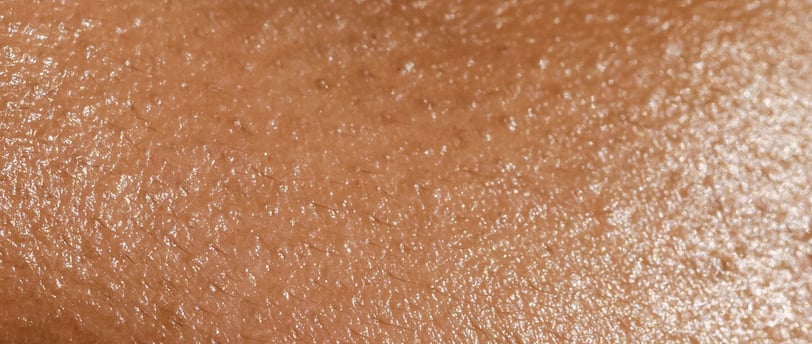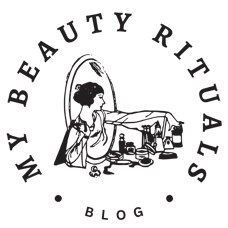Combination Skin: How to Care for the Most Common Skin Type
When it comes to skincare, combination skin is one of the most common and sometimes the most confusing skin types. If you’ve ever noticed your forehead and nose getting oily while your cheeks feel dry or normal, you’re not alone. Combination skin requires a thoughtful approach, but with the right knowledge and routine, you can achieve a healthy, balanced complexion.


What Is Combination Skin?
Combination skin is characterized by having two or more different skin types on your face at the same time. Typically, the T-zone (forehead, nose, and chin) is oilier and more prone to breakouts, while the cheeks and sometimes the jawline are normal or dry. This mix can make it tricky to find products that work for your whole face.
How to Identify Combination Skin
Common signs of combination skin include:
Shiny or oily T-zone (forehead, nose, chin)
Enlarged pores in the T-zone
Dry or normal cheeks
Occasional breakouts in oily areas
Flakiness or tightness in drier areas
If you notice your skin changes with the seasons (oilier in summer, drier in winter), you might also have combination skin.
Why Does Combination Skin Happen?
Combination skin is often influenced by genetics, but factors like hormones, climate, and even your skincare routine can play a role. Over-cleansing or using harsh products can strip moisture from some areas while stimulating oil production in others, making the imbalance even more noticeable.
The Best Skincare Routine for Combination Skin
Caring for combination skin means finding a balance—hydrating dry areas without making oily zones greasy, and controlling shine without over-drying.
1. Gentle Cleansing
Use a mild, sulfate-free cleanser that removes excess oil without stripping the skin. Gel or foam cleansers are often a good choice, but avoid anything too harsh.
2. Targeted Toning
A gentle, alcohol-free toner can help balance your skin’s pH and remove any leftover impurities. Look for ingredients like witch hazel, green tea, or niacinamide, which help control oil without drying.
3. Lightweight Moisturizing
Don’t skip moisturizer! Even oily areas need hydration. Choose a lightweight, oil-free or gel-based moisturizer for your T-zone, and a richer cream for drier areas if needed. Some people use two different moisturizers for different parts of the face.
4. Sun Protection
Always use a broad-spectrum SPF 30 or higher. Gel or fluid sunscreens are less likely to clog pores or feel heavy on oily areas.
5. Targeted Treatments
If you’re dealing with breakouts or blackheads in the T-zone, use spot treatments with salicylic acid or benzoyl peroxide. For dry patches, try a gentle hydrating serum with hyaluronic acid.
6. Weekly Exfoliation
Exfoliate once or twice a week with a gentle scrub or a chemical exfoliant (like AHA or BHA) to keep pores clear and remove dead skin cells. Avoid over-exfoliating, as this can increase irritation and imbalance.
Tips for Managing Combination Skin
Adjust your routine as the seasons change—your skin may need more moisture in winter and lighter products in summer.
Use blotting papers or mattifying powders for midday shine.
Avoid harsh, alcohol-based products that can make dry areas drier and oily areas oilier.
Listen to your skin and don’t be afraid to use different products on different areas.
Combination skin can be a challenge, but it’s also very manageable with the right approach. By understanding your skin’s unique needs and choosing products that address both oiliness and dryness, you can keep your complexion balanced, healthy, and glowing. Remember: consistency is key, and a little extra attention goes a long way!
